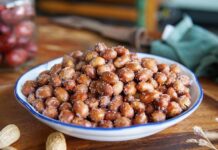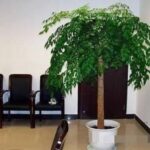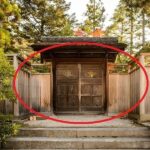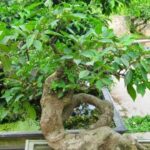In ancient folklore, a saying has been passed down through generations: “A family with three Thanh Long trees will enjoy wealth and prosperity for generations to come.” This is not just a metaphorical expression but also a profound piece of advice on arranging greenery in one’s living space, rooted in traditional feng shui principles and their positive influence on human life.
“Thanh Long” is more than just a name for a plant species
In ancient feng shui, “Thanh Long” signifies not just a plant but also the East direction – a symbol of yang energy, vitality, and growth. Within the Four Symbols of Thanh Long (East), Bach Ho (West), Chu Tước (South), and Huyen Vu (North), Thanh Long embodies luck, noble people, and wealth.
Hence, the ancient belief holds that planting three auspicious trees in the East direction, known as the “Thanh Long direction,” establishes a robust feng shui foundation. This practice attracts good fortune and prosperity to the homeowners, ultimately leading to long-lasting affluence for their descendants.
The three types of “Thanh Long” trees that embody wealth and prosperity
1. Trees with auspicious feng shui meanings
Our ancestors were meticulous in their choice of trees for their homes’ surroundings. It wasn’t just about aesthetics or shade; each tree held a unique feng shui significance.
Mok Huong tree: This tree not only exudes a gentle, soothing fragrance that permeates the entire yard in autumn, but it is also regarded as a symbol of nobility and royalty. During the Mid-Autumn Festival, families gathering under the Mok Huong tree, sipping Mok Huong wine, creates a poetic and prosperous scene.
Ginkgo tree: Its leaves shine like small golden fans, symbolizing longevity and enduring blessings. The ancients believed that planting a ginkgo tree in the courtyard was a way to nurture joy, harmony, and prosperity within the family.
These trees help spread positive energy, promoting relaxation and enhancing the overall quality of life and productivity in work and study.
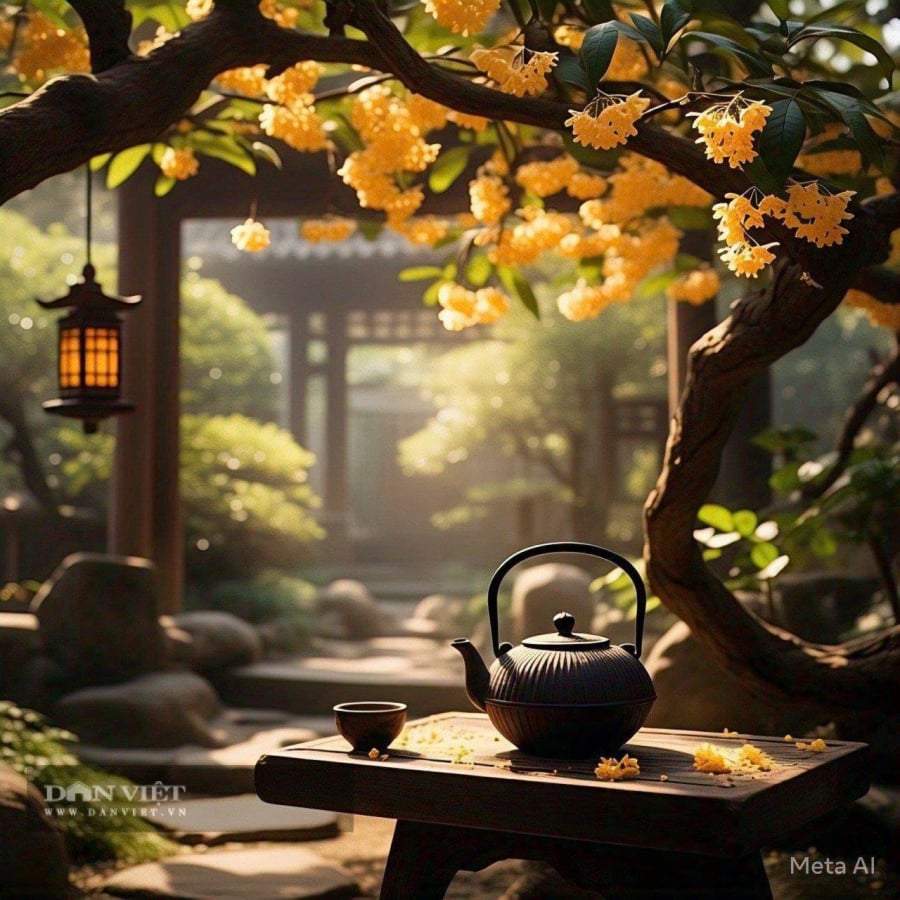
2. Trees with economic value – a beautiful source of income
Parallel to their feng shui significance, our ancestors also favored planting fruit-bearing trees in their gardens to increase their family’s income.
Hong flower tree: Autumn is when the Hong tree dazzles with its bright red fruits, symbolizing festivity, happiness, and abundant wealth.
Pomegranate tree: Representing fertility and abundance, the pomegranate tree’s vibrant red fruits are also considered a symbol of good fortune and prosperity.
Chinese date tree: With its sweet taste and warming properties, the fruit of this tree is believed to bring good health and the blessing of bearing a precious child soon.
These trees provide a dual benefit: their fruits can be utilized in daily life, and they offer long-term economic value to the homeowners.
3. Heirloom trees – a precious intangible legacy
The ancients believed in the saying, “The elders plant trees, and the descendants enjoy their shade,” reflecting a long-term investment mindset and intergenerational continuity.
Trees like La Han pine, red sandalwood, red pine, ancient wood, and white Mok Huong were often planted with the hope that they would grow over time and become a valuable legacy for future generations.
The wood from these precious trees is highly sought after in high-end furniture making and commands a substantial economic value. In fact, a single mature tree can be worth a small fortune—a veritable “living treasure” if properly cared for over generations.
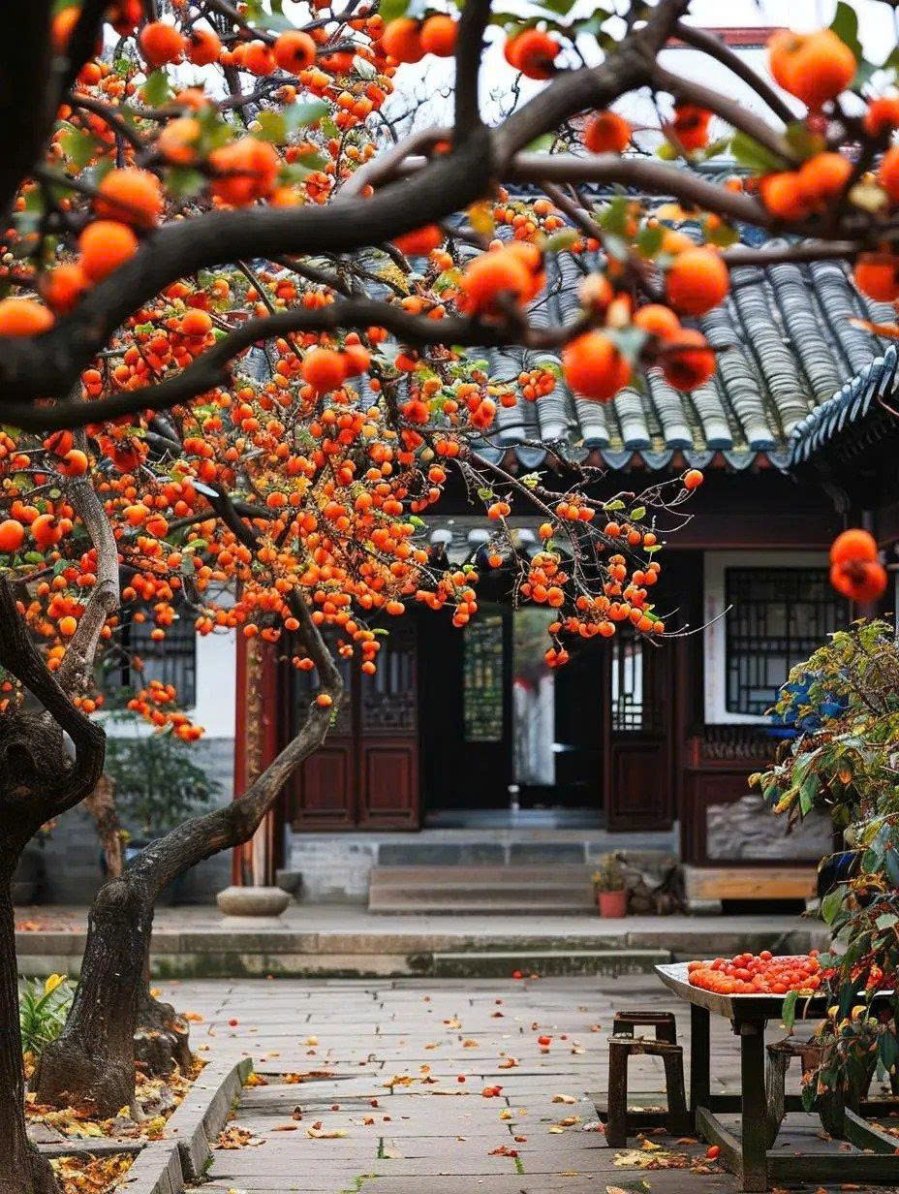
Two traditional ornamental plants symbolizing fortune and prosperity – ideal for home gardens
1. Mai flower tree – A symbol of spirit and positive energy
The Mai flower tree (Prunus mume) is unique in that it blooms brilliantly during winter, a time when most other plants struggle to survive. This tree symbolizes resilience and an unwavering spirit.
According to feng shui principles, the Mai flower tree represents the “five blessings”: longevity, wealth, peace, harmony, and a favorable ending. The ancients believed that planting a Mai flower tree in one’s garden would instill strength and virtue in the homeowners, attracting good luck and positive energy.
Additionally, the Mai flower’s fruits are believed to attract wealth, especially during the Lunar New Year celebrations.
2. Tuong Vi flower tree – Captivating beauty and harmonious energy
The Tuong Vi flower tree (Lagerstroemia indica) blooms vibrantly from summer to autumn, symbolizing prosperity and graceful beauty.
Our ancestors believed that planting a Tuong Vi tree near the house attracted a continuous flow of wealth and invited noble people into their lives. It also improved the overall feng shui of the home.
Moreover, the Tuong Vi tree possesses the power to dispel negative energies and enhance family harmony. Each delicate bloom of the Tuong Vi flower brings a sense of lightness and calm, dispelling fatigue and creating a serene living environment.















